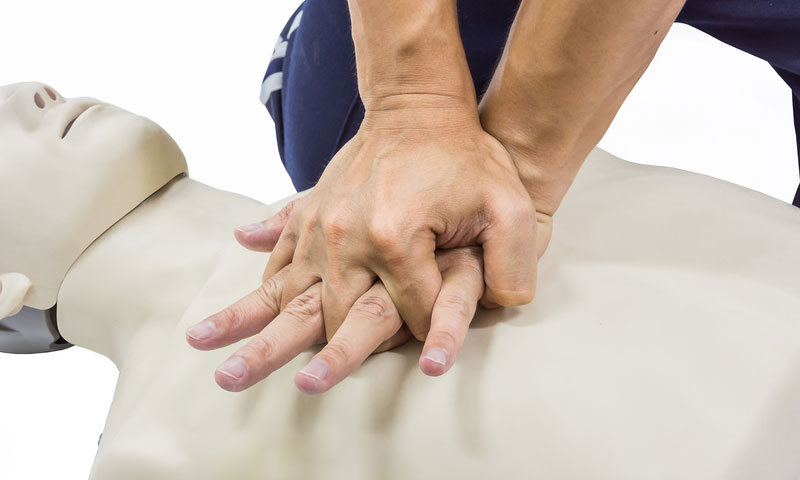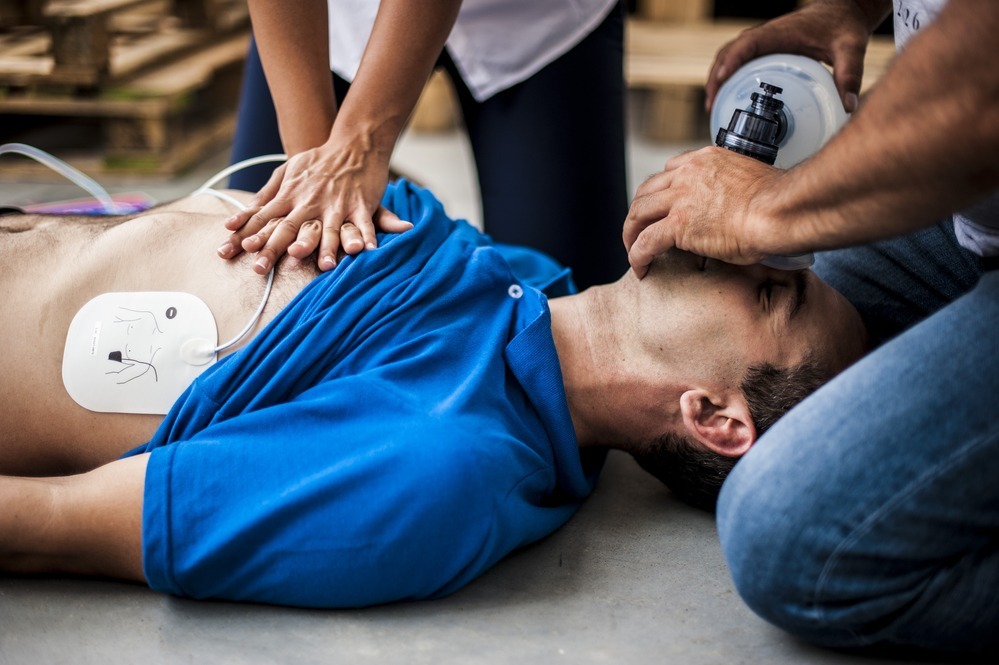CPR Best Practices
It Feels Like Home!

CPR Best Practices: Saving Lives with Confidence.
Cardiopulmonary resuscitation (CPR) is a critical life-saving skill that can make a significant difference in emergency situations such as cardiac arrest or drowning. By knowing the proper techniques and following CPR best practices, you can potentially save lives and provide vital assistance until professional help arrives. Here are some key tips and guidelines for performing CPR effectively:
Assess the Scene: Before approaching the victim, ensure that the scene is safe for both you and the victim. Look for any potential hazards or dangers, and if necessary, move the victim to a safer location.
Check for Responsiveness: Gently tap the victim and ask loudly, “Are you okay?” If there is no response, check for signs of breathing by looking, listening, and feeling for breaths. Place your ear near the victim’s mouth and nose while watching for chest movement.
Activate Emergency Services: If the victim is unresponsive and not breathing normally, or if you are unsure, immediately activate emergency medical services (EMS) by calling 911 or asking someone nearby to do so. Time is critical in such situations, and early intervention can greatly improve the victim’s chances of survival.
Perform Chest Compressions: If the victim is unresponsive and not breathing normally, begin chest compressions immediately. Place the heel of one hand in the center of the victim’s chest, slightly below the nipple line. Place your other hand on top, interlock your fingers, and keep your arms straight. Position yourself directly over the victim’s chest and push hard and fast, aiming for a rate of about 100 to 120 compressions per minute.
Provide Rescue Breaths: After every 30 chest compressions, open the victim’s airway by tilting their head back and lifting their chin. Pinch the victim’s nose shut and give two rescue breaths, watching for chest rise with each breath. Each breath should last about one second and be sufficient to make the chest visibly rise.
Continue CPR Until Help Arrives: Continue performing cycles of chest compressions and rescue breaths until help arrives or the victim shows signs of responsiveness and normal breathing. If you become too fatigued to continue, switch with another bystander if possible.
Use an Automated External Defibrillator (AED): If an AED is available, follow the device’s prompts and attach the pads to the victim’s chest as soon as possible. Listen to the AED’s instructions carefully and stand clear when it delivers a shock.
Attend Refresher Courses: CPR techniques and guidelines may evolve over time, so it’s important to stay updated on the latest recommendations. Attend refresher courses regularly to reinforce your skills and confidence in performing CPR.
Remember, performing CPR can be physically and emotionally taxing, but your actions can make a profound difference in someone’s life. By following these CPR best practices and guidelines, you can be better prepared to respond effectively in emergency situations and provide critical assistance when it’s needed most.

